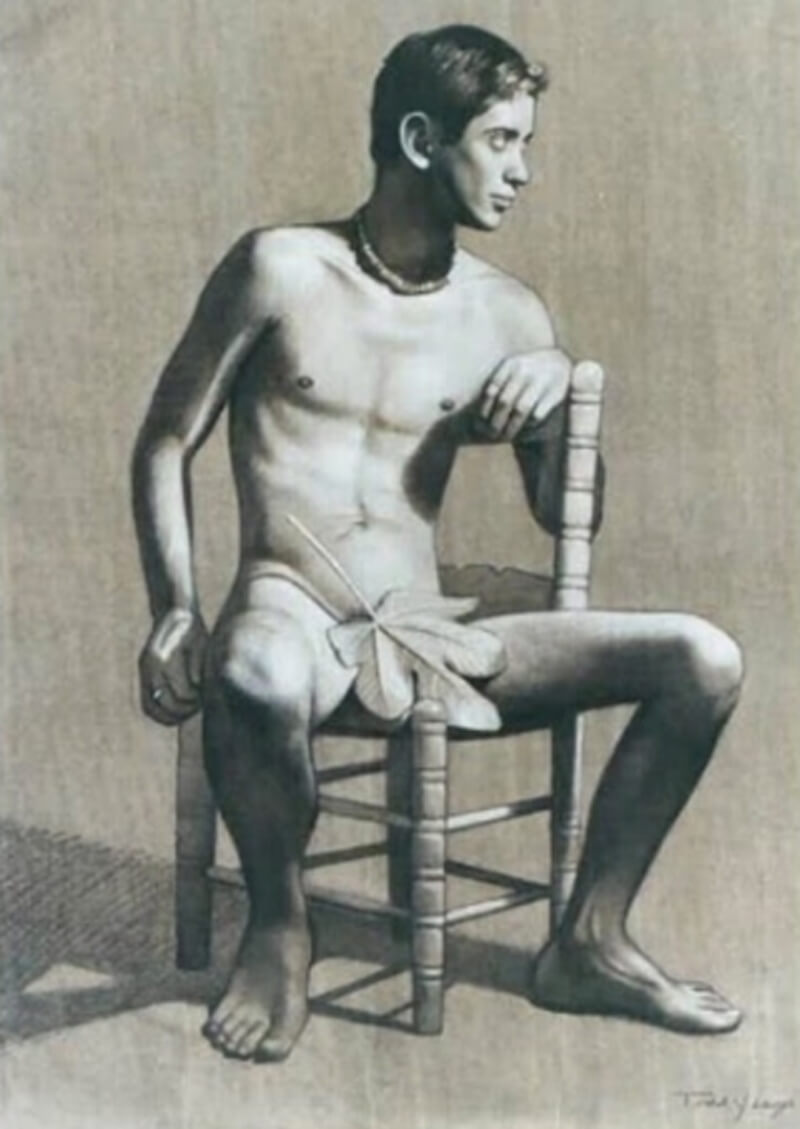
Three hundred years ago men would perform on stages across Europe to great acclaim. In full regalia, with the grandest orchestras, the greatest composers, and in the finest operas of the time, these singers were the at the pinnacle of baroque and classical music. These were the castrati, boys who had been castrated to prevent natural human growth and preserve their high voices.
A confluence of societal norms shaped the emergence of this period in musical history. Castrated servants, eunuchs, and the removal of male sexual organs has existed for much longer than castrati. However, this mutilation in service of European music was spurred by the Roman Catholic Church. At various times throughout history, women were excluded from music. Prevented from making any sound in Catholic Churches (amongst other places), women were not allowed to sing in worship. Women were also similarly prevented from singing on stages or playing in orchestras at various points in European history.
Without this core voicing in vocal music, the only readily available options were boy sopranos and castrati. In many ways, the misogyny of European society towards women expressed itself in the mutilation of tens of thousands of small boys to fill the void. Similarly, the prizing of the castrati sound was a function of the same process. The sound of an artificially altered man was considered superior to any sound and talent a woman might possess simply because of her gender.
Not only home to the Roman Catholic Church, Italy was also home to the highest form of music at the time, Opera. In short time, the castrati sound would move from the church into the wider public. The combination of the castrati in the service of Opera became a norm. This is where the majority of castrati found their work and fame. Many of Handel’s operas and works were not written for women. Giulio Cesare and Serse are two examples of leads written for castrati. Mozart, as well, composed with the intention of castrati including roles in Idomeneo and La Clemenza di Tito amongst others.
At their time, superstars like Senesino (1686-1758), Farinelli (1705-1782), Gaspare Pacchierotti (1740-1821), and Giovanni Velluti (1780-1861) were at the top of the European music. Duels were fought, imprisonment, intrigue in the court, sexual (mis)adventures, gossip, royalty, and church politics all made the lives of these castrati immensely popular.
As tastes in music changed, so did societal forces. Aesthetics, tonalities, instruments, and compositions changed from baroque to classical to romantic in Europe. The rise of liberalism, the decline of the sacred, increases in medical technology, and the wider public appeal of music led to the demise of the castrati. While the operatic and performing castrati started to taper off with the mid-19th century, the Catholic Church continued to subject boys to the process with the final known castrato, Allessandro Moreschi, serving in the choir of the Sistine Chapel until 1913.
What is the impact on modern classical music? The rise of the countertenor is directly related to the search for a similar sound quality. Modern music education is also more distinctly aware of the diversity of the human voice and the many sounds that it can create.Well-trained countertenors are increasingly common as vocal teachers and professionals become aware of this voice-type and the unique sound.
Simon Honeyman is a professional countertenor based in Toronto who specializes in choral music. He sings in Tafelmusik, Opus8, and the St James Cathedral Choir. In the latter, he is continuing a long tradition of higher male voices in liturgical services. “Early music is natural for countertenors to do. Whether it’s stage, or opera, or liturgical music; it did utilize the voice type”, Honeyman says. It is no wonder that liturgical services continue to prize the countertenor sound. Honeyman himself learned most of his singing and musical skill in church services in an all-male choir at Christ Church Cathedral in Ottawa.
Professor Daniel Taylor is head of Historical Performance at the Faculty of Music at the University of Toronto and a professional countertenor. On the increasing commonality of countertenors, he notes “I would think that any informed composer is not, in the present day, writing for a choir which is limited to female altos.” Honeyman’s experiences with secular music written for countertenor also supports this assertion. He finds more and more works being created specifically for the countertenor. As Professor Taylor notes, after 30 years singing as a countertenor, he is “in the midst of [his] busiest concert season in more than a decade, privileged to be a Sony Classical Recording Artist” as well as his work at the University of Toronto.
The countertenor is not the same as castrati but is the closest natural analogue. The even rarer male soprano is a different voice type altogether. In terms of common replication of castrati, female sopranos have supplanted the roles that were originally closed to them because of their gender. This is why you don’t find many countertenors in baroque operas performed today, but rather, female sopranos and mezzo-sopranos.
Honeyman expresses his feelings on the connection between castrati and countertenors: “There is a kind of legacy to [the countertenor], though, which is interesting. There’s some historical significance that you carry around with you as a male alto… you have to respect there are certain things that you can do that [female vocalists & castrati] cannot do and vice versa. But in terms of being able to dive into some really exceptional roles for the stage and to be able to participate in the same kind of sung worship or other kinds of choral music-making that [castrati & countertenors] have been doing for hundreds of years, there’s a real weight to that, and it’s important to recognize that.”
For more information: www.jstor.org
To read more from our CLASSICAL 101 Series, see HERE.
#LUDWIGVAN
Want more updates on Toronto-centric classical music news and reviews before anyone else finds out? Follow us on Facebook or Twitter for all the latest.



